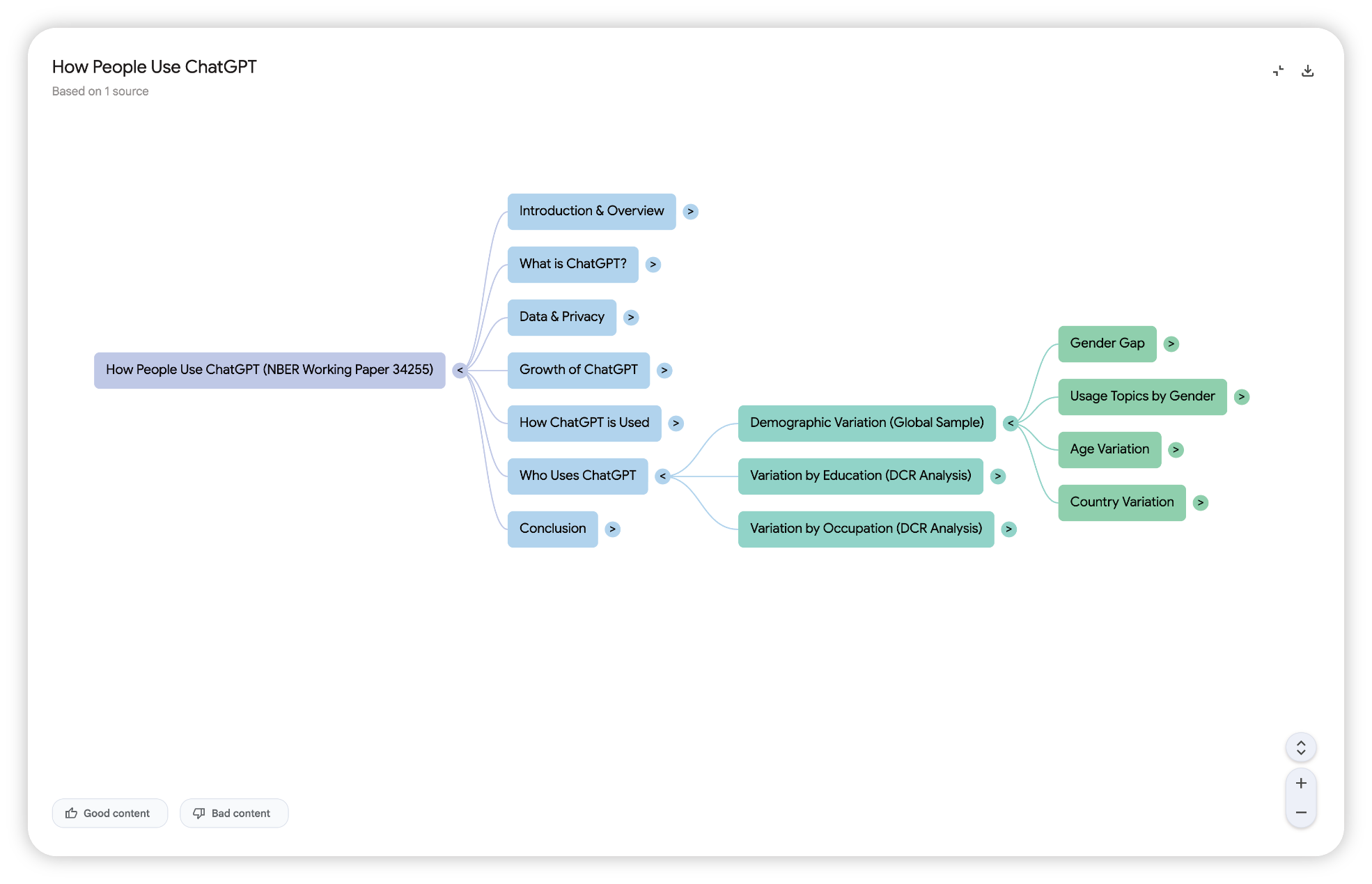NotebookLM Just Got Serious: Custom Prompts, Smarter Audio, and Interactive Learning Tools
NotebookLM has been steadily improving for a while, but the latest update feels like a turning point. It’s gone from being an interesting experiment to something that genuinely feels like a personal tutor, research assistant, and study companion rolled into one.
Now these features dropped extra early for me, and then were removed the next day as Google was refining them so I have been sat on this for a little while.
Now they are back and appear to be available for all, I’ve been putting the new features through their paces, and honestly, they’re some of the most useful updates I’ve seen yet. Let’s break them down.
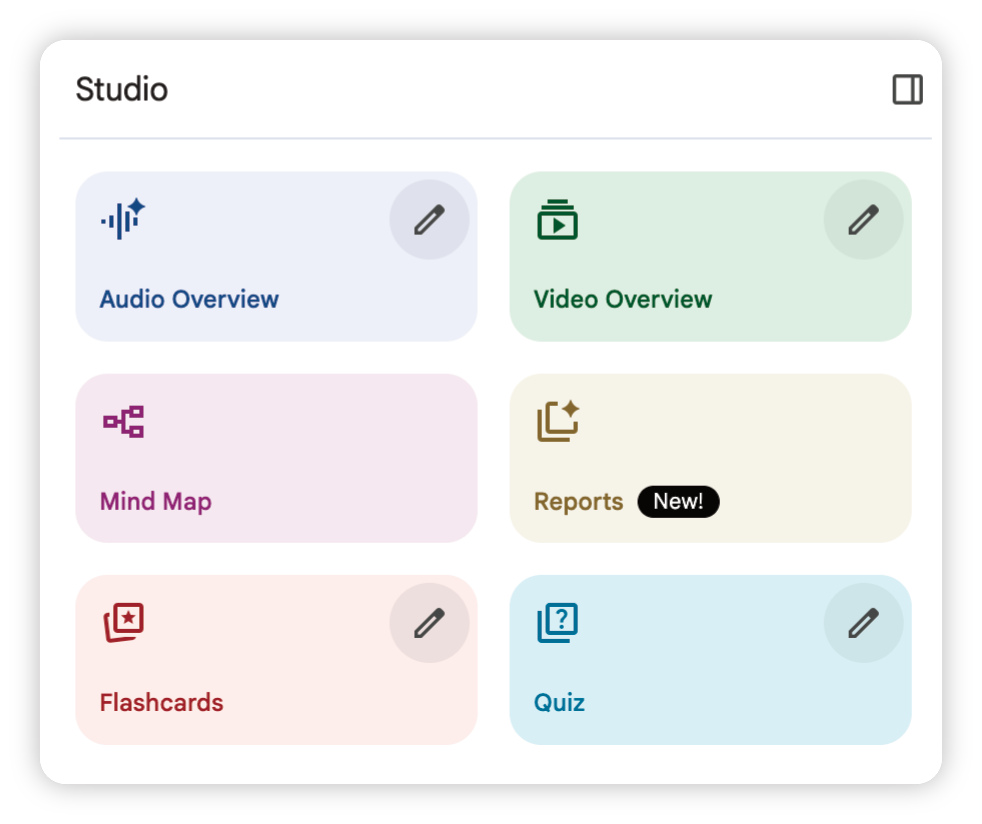 ---
---
Audio Overviews: From “Deep Dive” to Debate
If you’ve used NotebookLM before, you’ll know the Audio Overview feature was already impressive. Far from being robotic, the original “Deep Dive” format gave you a lively podcast-style discussion between two hosts unpacking your material. It was fun, engaging, and surprisingly human. You could nudge it with a prompt and adjust the length (loosely), but results were a bit hit and miss.
Now though, things have levelled up. You can pick from multiple styles, each customisable with your own instructions:
- Deep Dive: Still the classic, with two hosts connecting ideas in your sources.
- Brief: A quick, bite-sized summary that gets straight to the point.
- Critique: An expert review that offers constructive feedback on your sources.
- Debate: Two hosts sparring different perspectives, helping you see both sides.
On top of that, you can still tweak the length and add custom instructions, but the killer feature is this: you can now change the language at the point of creation, instead of having to adjust it in settings. That’s huge for accessibility and speed.
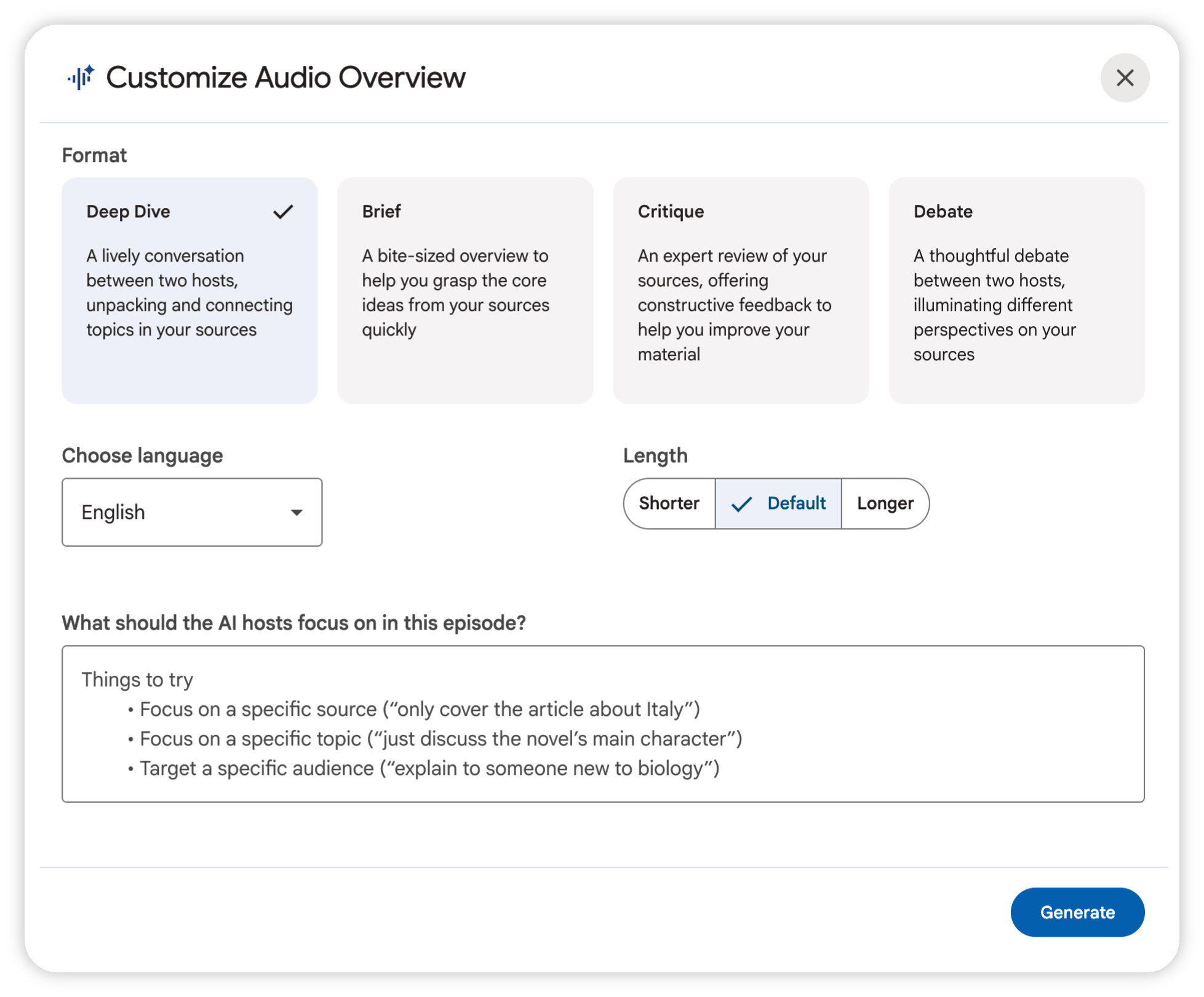
Even better, this language picker now works in Video Overview too.
Reports: More Options, More Transparency
Reports also got a major overhaul. When you open the panel now, you’re greeted with four clear choices:
- Create Your Own: Build a report your way, specifying structure, tone, and style.
- Briefing Doc: An overview of your sources with key insights and quotes.
- Study Guide: A quiz-style breakdown with glossary and short-answer questions.
- Blog Post: Key takeaways distilled into a readable article.
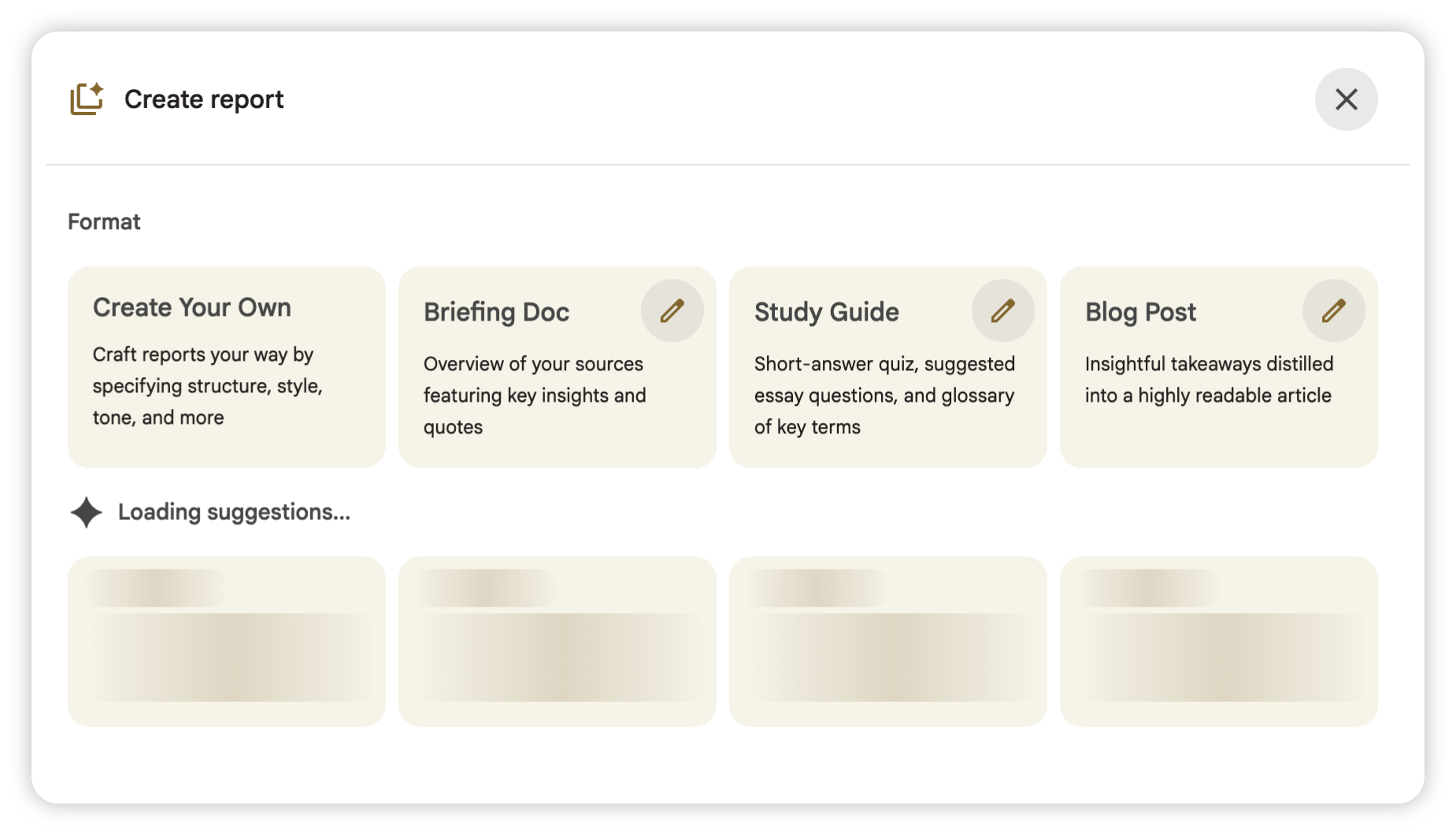
The much-loved FAQ has been retired, which will disappoint some, but what’s here is much more powerful.
Every format now has a little pencil icon next to it. Click it, and you can see the actual prompt NotebookLM uses to generate that document. For me, that’s awesome. It’s like having a peek behind the curtain, and you can save or adapt those prompts for your own use.
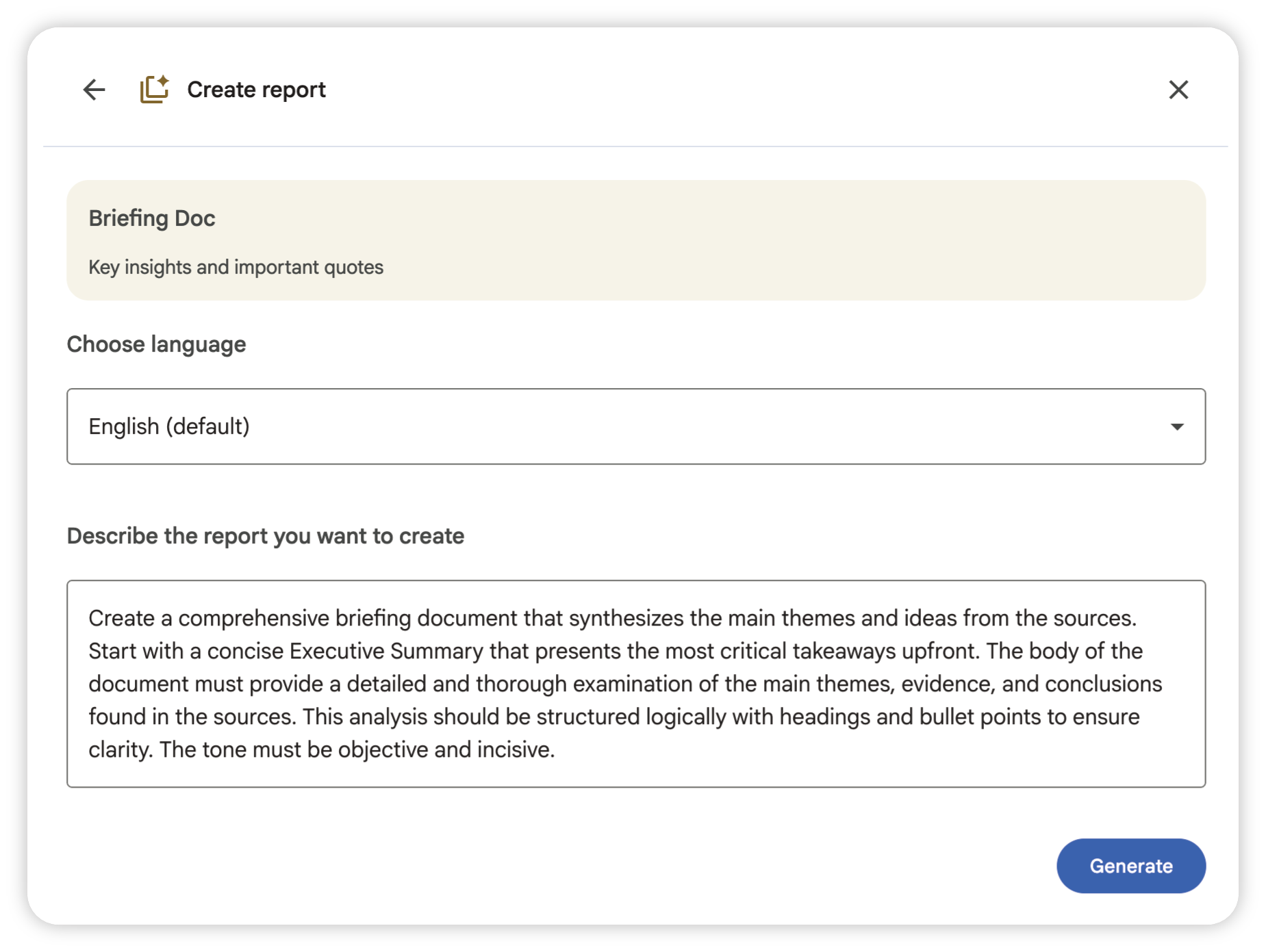
And it doesn’t stop there. NotebookLM now reads your sources and offers you four more “suggested” report formats. When I uploaded a transcript from an AI event I’d delivered, here’s what it suggested:
- Strategic Memo: Leveraging AI for business growth and efficiency.
- Best Practices Guide: Ethical and secure AI use in business.
- Concept Explainer: Fundamentals of Large Language Models (LLMs).
- Instructional Handbook: Techniques for better prompting.
Each came with editable prompts. For example, the Instructional Handbook prompt read:
“Create a clear and encouraging handbook for beginners on how to communicate effectively with AI. This guide should introduce and explain the ‘RAW’ framework (Role, Objective, Appearance, Restrictions) and other key prompting techniques like chunking and giving examples. The goal is to empower learners with the confidence and skills to craft detailed prompts and get more accurate and useful outputs from AI tools.”
That level of detail is gold if you want to learn prompt-writing by example. And yes, you can set the language at the moment of creation here too.
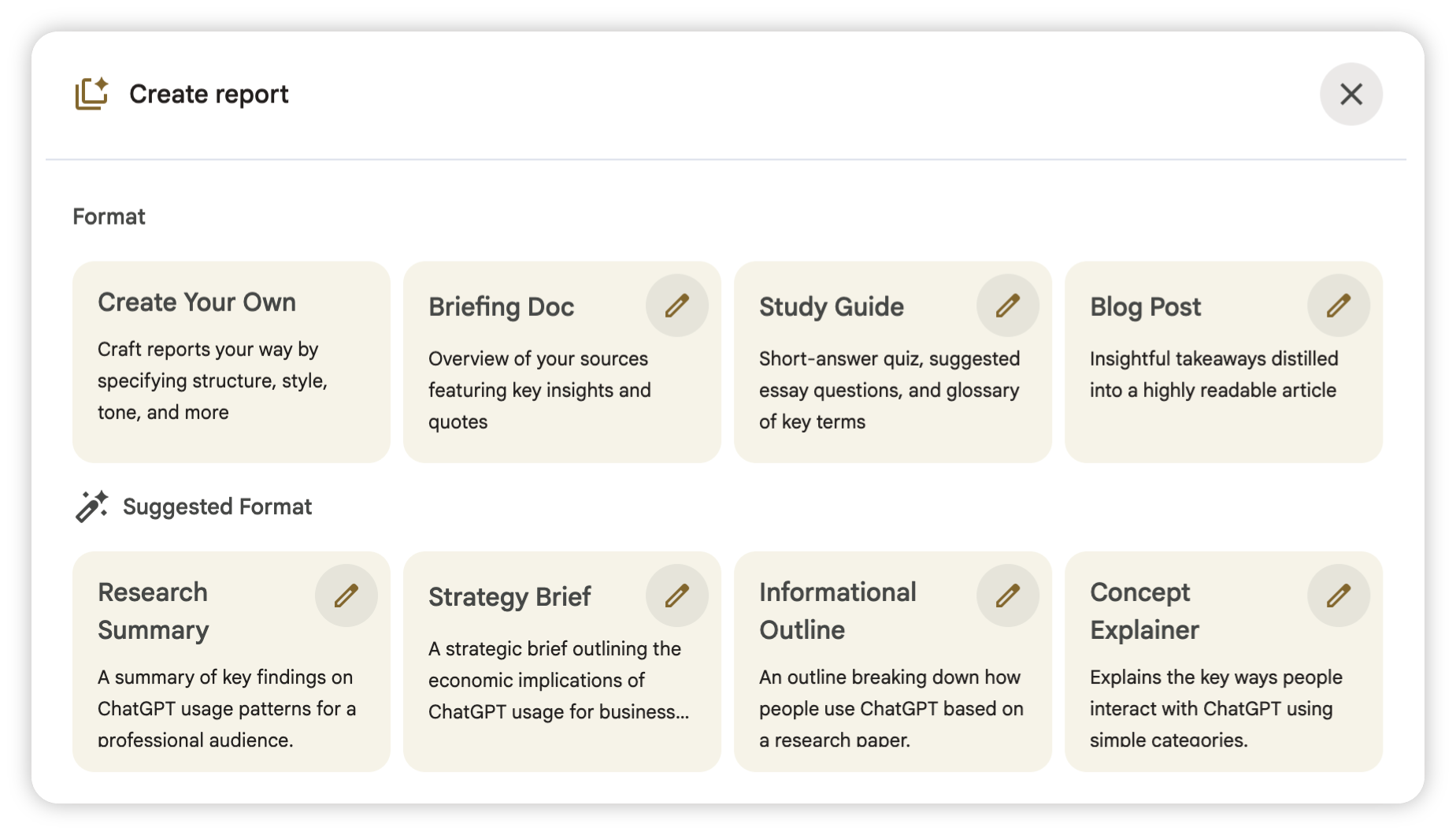
Flashcards and Quizzes: Study Gets Hands-On
The last two new features are Flashcards and Quizzes, and these are where NotebookLM turns into an actual learning platform.
- Flashcards are interactive: a question on the front, answer on the back, flip through them like a virtual deck. You can pick “Fewer, Standard, or More” and set difficulty to Easy, Medium, or Hard. Add some custom instructions, and you’ve got a focused study set in seconds.
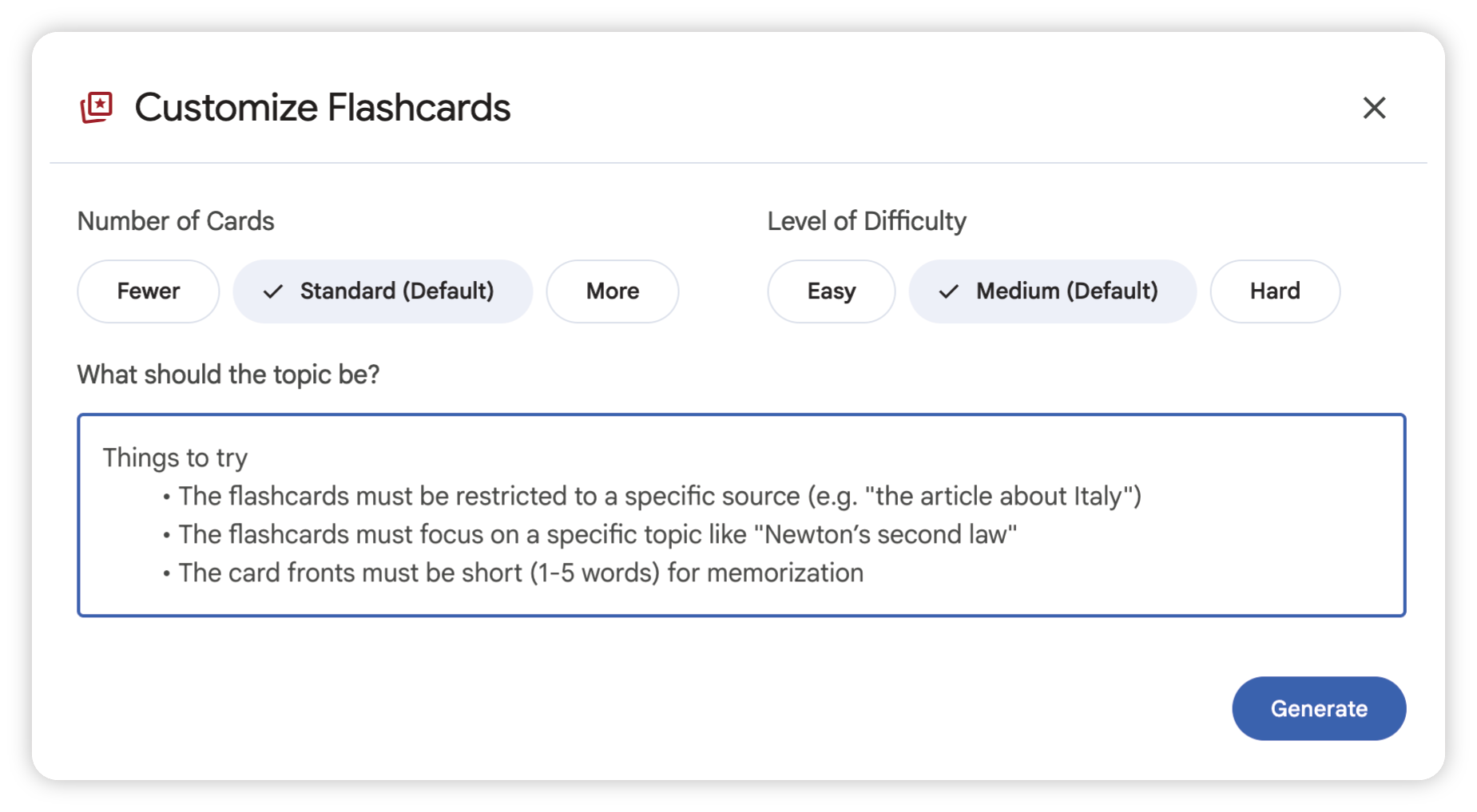
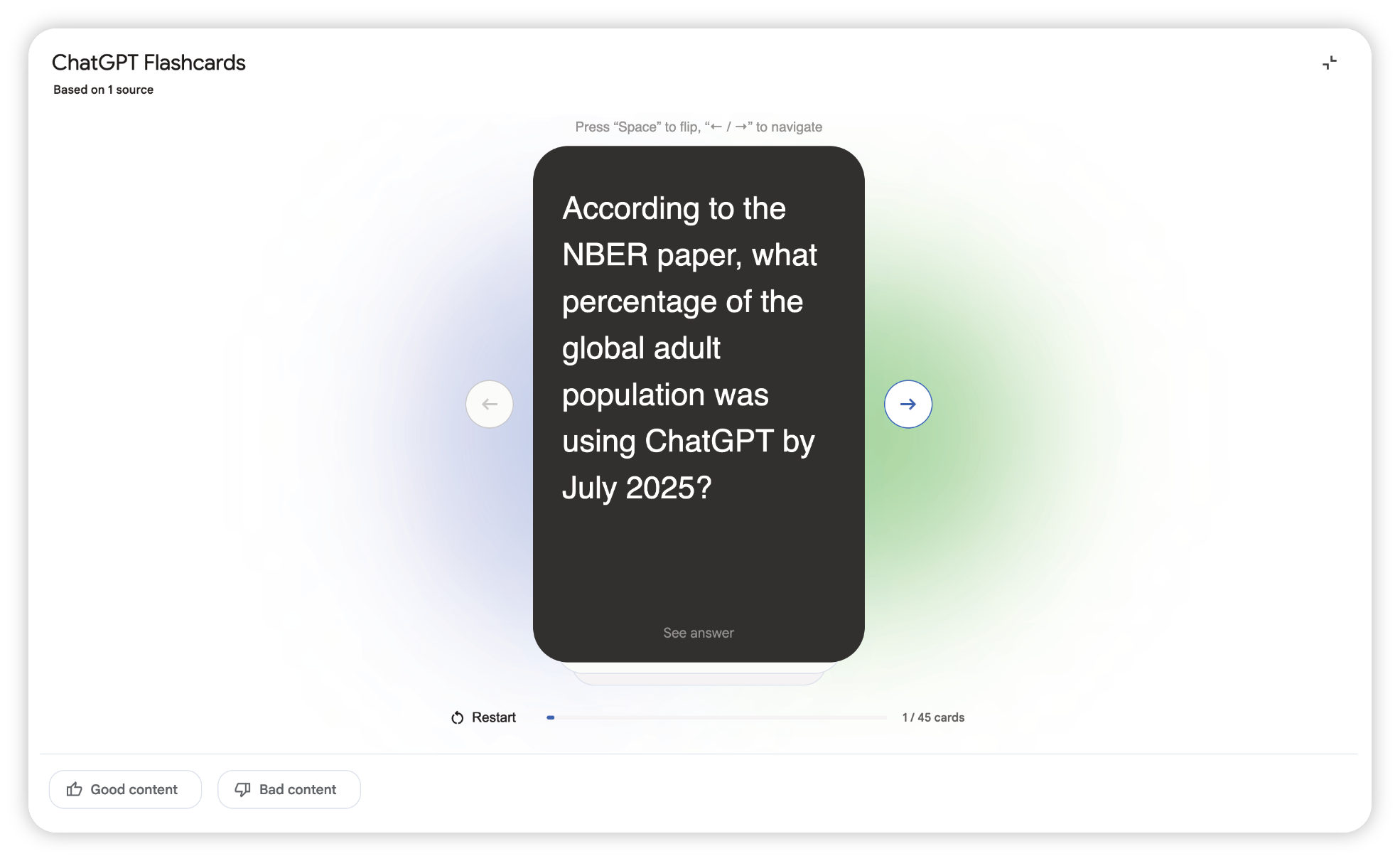
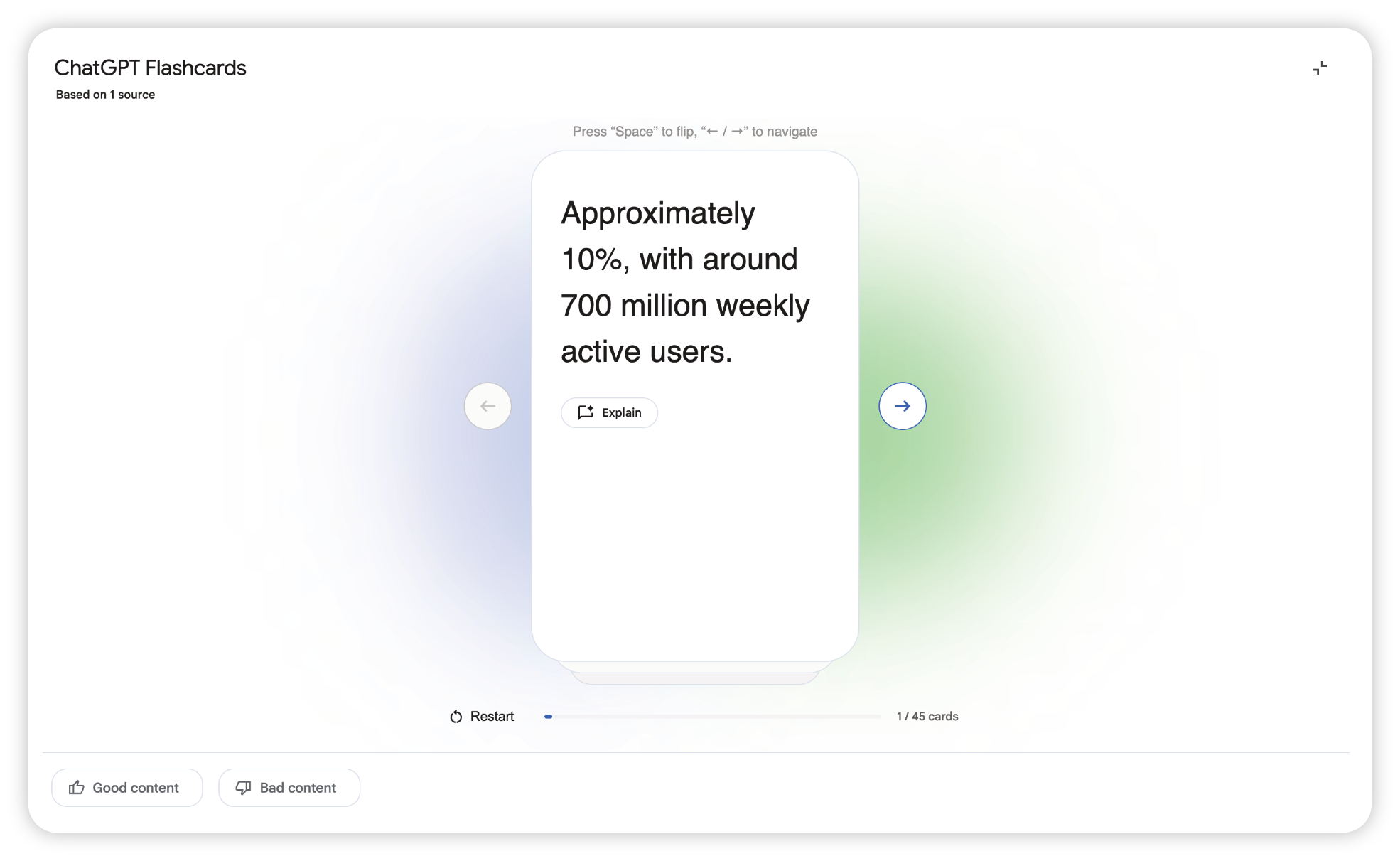
- Quizzes are multiple choice, with four options. If you get it right, the card goes green and expands with a bit more detail. Get it wrong, it turns red, explains why, and shows the correct answer. There’s even a hint button if you’re stuck.
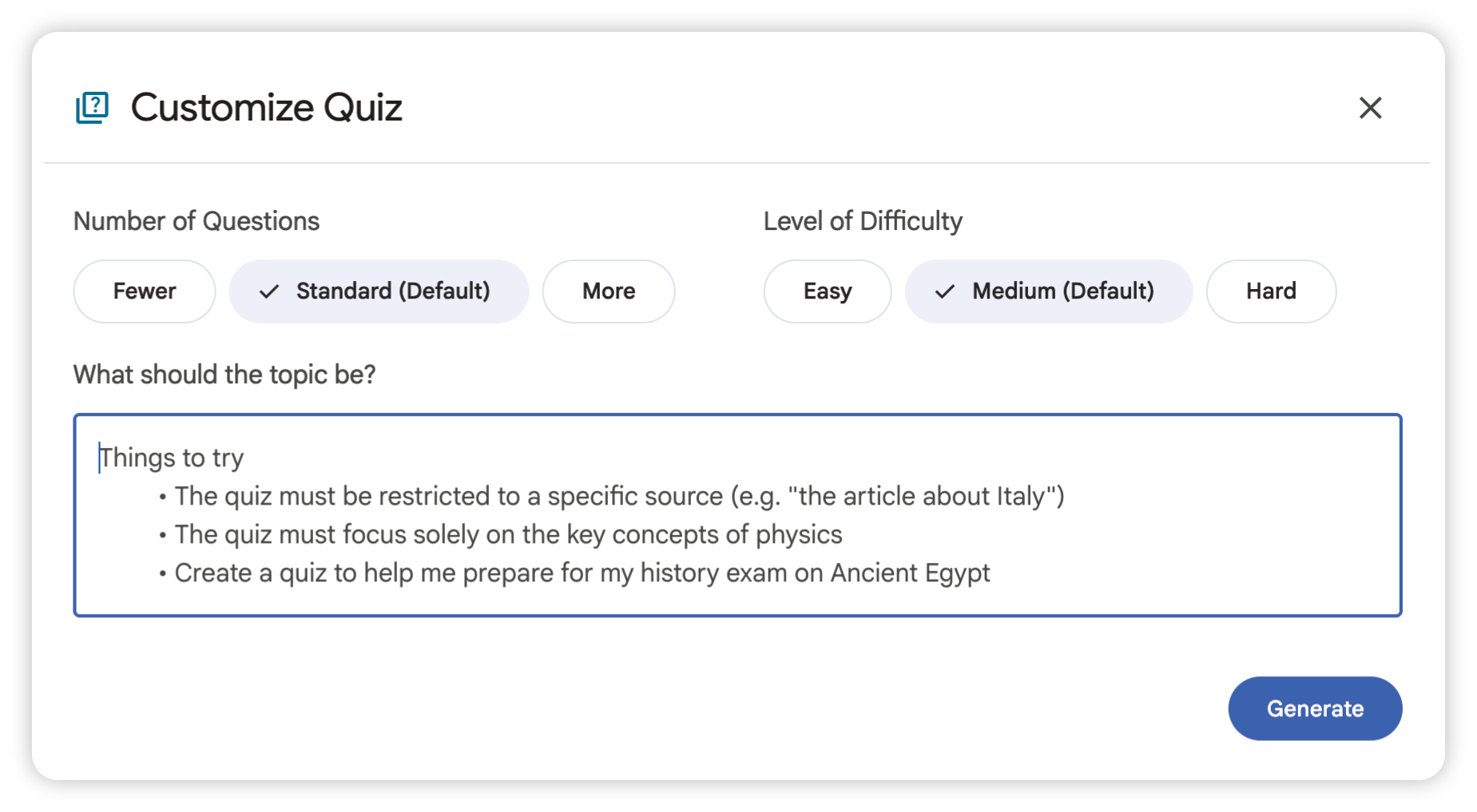
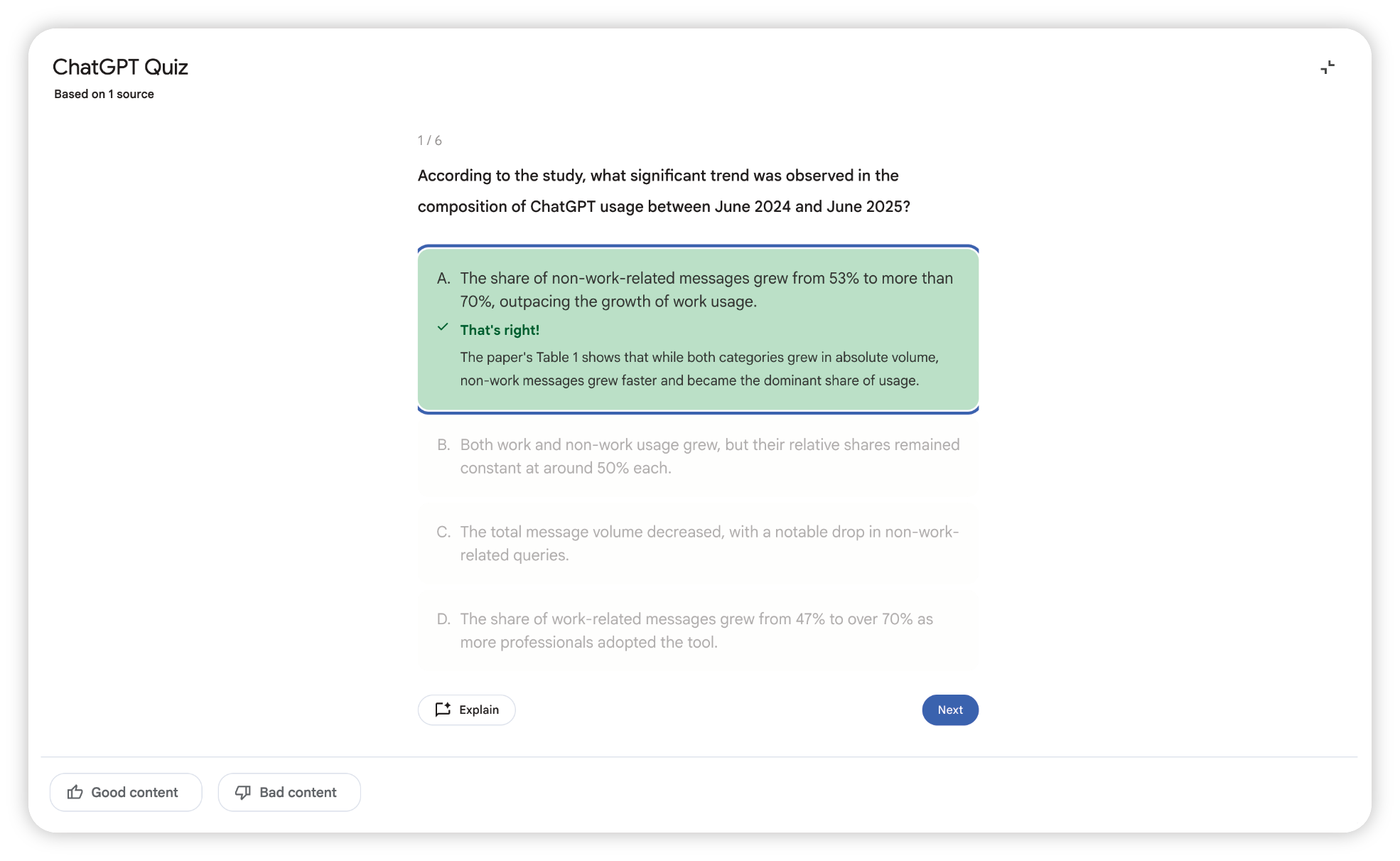
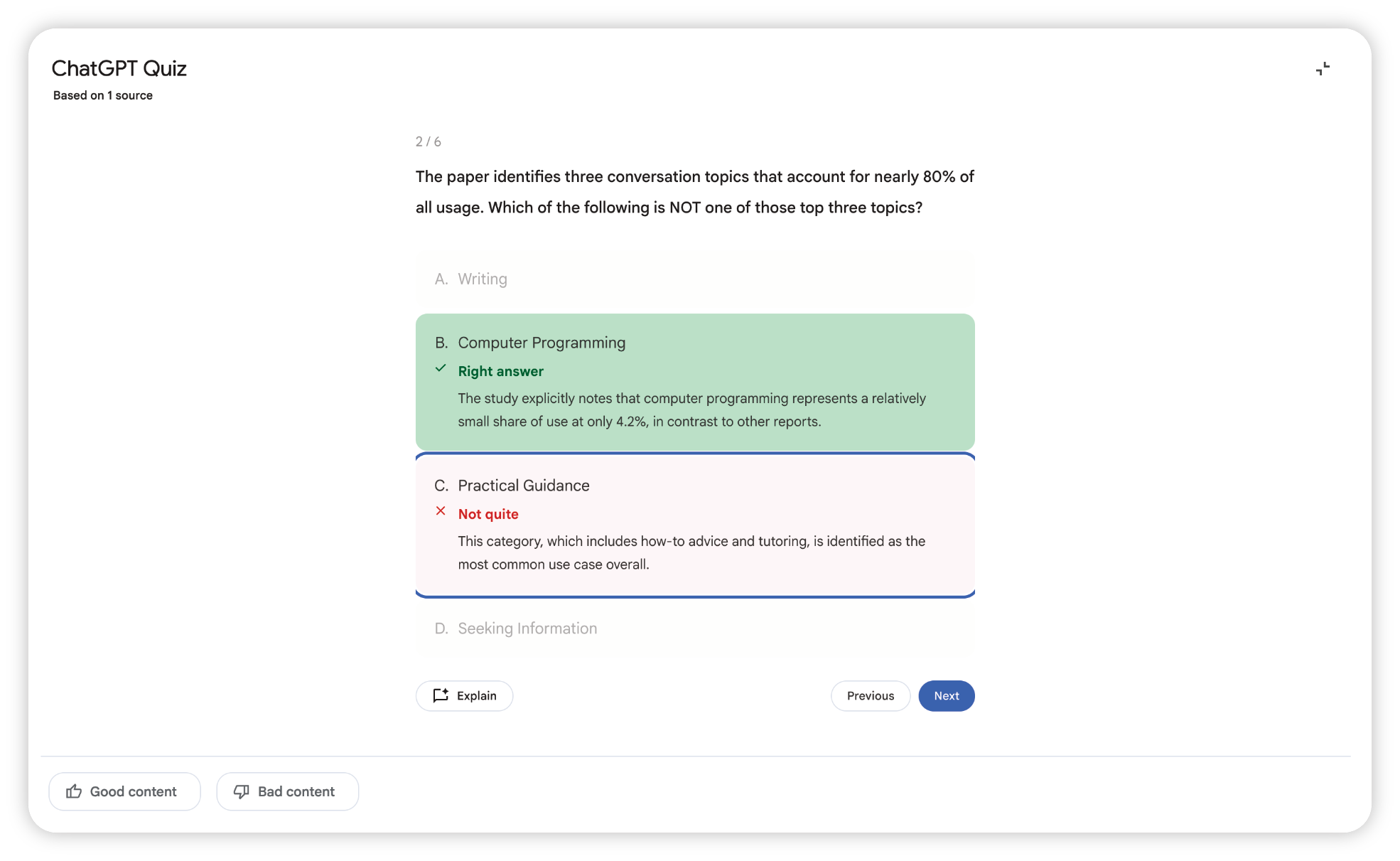
It feels polished, responsive, and surprisingly fun. My only gripe? Like the excellent Mind Map feature NotebookLM added earlier this year, these tools can’t be shared or downloaded. They’re locked to your Notebook, which is a shame if you wanted to send a study pack to a colleague or student. Still, for solo use, they’re excellent.
Why These Updates Matter
What makes this update stand out is that it’s not just adding features for the sake of it. Each one builds towards a vision of NotebookLM as an active learning companion:
- Audio that doesn’t just repeat, but adapts to different learning styles.
- Reports that don’t just summarise, but can be crafted to your exact needs.
- Flashcards and quizzes that don’t just sit there, but push you to test yourself interactively.
And the transparency with prompts? That’s a subtle but brilliant move. It teaches users how to think in prompts, not just consume outputs.
The Bottom Line
NotebookLM has gone from “nice-to-have” to “seriously useful.” For students, it’s an interactive study tool. For professionals, it’s a smarter way to create reports, briefings, and even training material. And for anyone who learns better by listening, the revamped Audio and Video Overviews are killer features.
It’s not perfect — I’d still love the ability to share flashcards and quizzes — but this update pushes it into a whole new tier. If you’ve not touched NotebookLM in a while, it’s worth diving back in.
Oh and if you are having a play, don’t forget my favourite - Mind-maps, as visual learner these are real gold!
